Make your way to the most southern part of Japan to experience its best water activities for all ages!
If Hokkaido is the go-to place for winter, then you can be certain that Okinawa is the top destination for summer in Japan. Okinawa is the home to crystal-clear waters, white sand beaches, and the perfect weather to enjoy water activities! Located in the southern tip of Japan, Okinawa comprises three major island groups, namely: Okinawa Islands, Miyako Islands, and Yaeyama Islands. Did you know that Okinawa is actually made up of a total of 160 islands? As such, it brims with marine life and breathtaking sceneries.
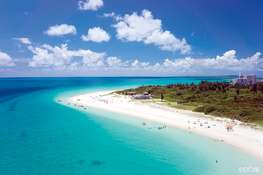
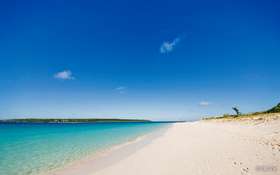
One thing that you should try in Okinawa is the water activities of various levels of difficulty and paces – you can choose from sea kayaking, Stand Up Paddle (SUP), snorkelling, sea walk, fishing, diving, and more! For those who are more on the daring side, you can try your hand at fly boarding, wind surfing, wakeboarding, and parasailing. Even for the more challenging activities, such as diving, there are also courses customized for beginners, so Okinawa is a good place for you to start!
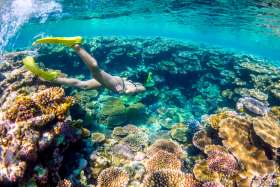
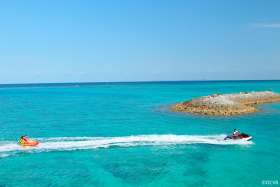
Transportation
Just like any other place in Japan, Okinawa has varied yet reliable modes of transportation. On its main island, you can get around via monorail, buses, and taxis. The monorail, called Yui Rail, connects 19 stations including the one for airport, so it provide conveniences when travelling to popular tourist destinations. A money-saving tip: it is recommended to buy a one-day ticket if you plan to use the monorail multiple times in a day. Whereas for the remote islands, rental vehicles are likely the better options and are available for hire since accessibility via public transportation can be quite limited. No need to fret even if you do not have a license as you can still get to the remote islands by either a ferry or a plane, while ferry is likely the more affordable option of the two.
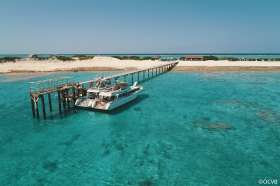
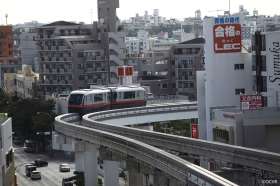
Equipment Rental
Most of the water activities require you to put on specialized equipment or be equipped with safety gears in order to safely enjoy your time in the Okinawan waters. However, there’s no need to bring yours to Okinawa as many rental shops offer all kinds of gears for every marine activity available here. One pointer to note is it is recommended to reserve the piece of wet suit or swimwear that fits you, even though you can find your required equipment and gears readily available on the spot. For the reservation, you can conveniently do so online or via phone as assistance from English-speaking staff is common in most rental facilities. Remember to wear your mask as the necessary safety measures are to be adhered to in the local establishments.
How to make the most of your trip
Okinawa’s natural environment and way of life is different from that of the mainland of Japan, so it would be good to note the different safety measures that may be in place, local weather and regulations. Bearing these little details in mind, you can enjoy Okinawa to its fullest!
- The sun rays can be really strong in Okinawa and can cause sun burn or even heat stroke if one is not cautious. Remember to stay hydrated , put on sunscreen, or wear protective clothing.
- Watch out for precautionary signs against swimming as it is not allowed due to strong currents and dangerous sea creatures.
- It is also advised against swimming during low tides as you might cut yourself when you get too close to the corals and you may accidentally cause harm to them (corals are protected in Okinawa).
- When snorkelling or diving, be careful of any possible sudden drop where the sea floor suddenly becomes deep even at areas of shallow reefs.
- Be wary of the marine creatures, do not feed nor touch them as some are deadly.
- Aside from sea creatures, Habu snakes are also common. Usually found in grasslands and forests, they become very active when summer comes. Occasionally, some are found in small parks. If you do see one, do not engage it and leave as soon as you can. If you can’t, it is recommended that you keep a distance of at least 1.5 metres as this is the distance out of their reach.
















































